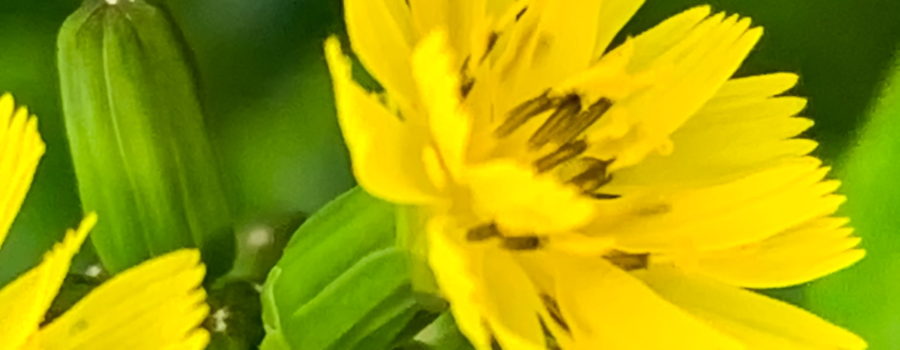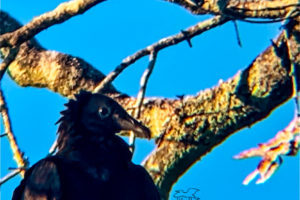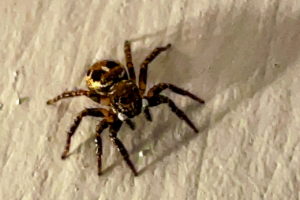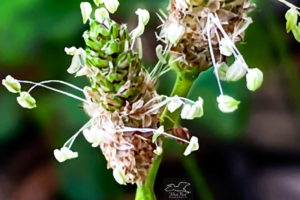One of the Joys of Spring is the Early Plant Growth

Looking at the weather map recently makes me happier than ever to be living in Florida. Many of my friends who live in northern climates are dealing with snow and ice and very cold temperatures. Although, the cold does make for some gorgeous photos, I don’t miss it at all. In fact, I’m very happy to report that down here, spring is starting! A couple of weeks ago, I had noticed some new leaves coming in on some of my viburnum trees, but they are notorious for beginning to put out new growth too soon and having it freeze back, so I wasn’t too convinced that our cold snaps were over. And just as I expected, we had one more night of below freezing temperatures a few days later. But now a lot of the plants are putting out new growth including my arrowheads, azaleas, boxwoods, and once again the viburnum. Then late last week when I was outside in our play yard with a dog, I noticed some beautiful yellow flowers! Surely a sign that spring is here!

As it turns out, there were actually two different plant beginning to flower, as I discovered when I looked more closely. The one that originally attracted my attention was a small yellow flower with multiple soft petals surrounding some darker pistils and some bright yellow pollen. The two flowers that were open were part of a large bunch of buds. I recognized it right away, because it is a common “weed” in this area that blooms from early spring into the fall. It is also kind of unusual because later in the year, it can have unopened buds, flowers in full bloom, and seed heads all one one stem side by side. So what is it? It’s Oriental false hawksbeard. Originally from temperate and tropical Asia and Australia, it has now spread around much of the world. In most places, it’s considered a weed, but it is edible and does also have some medicinal uses, too.

The other little flowers I noticed only when I looked closer at the area around the yard. When I was standing, it really just looked like a bunch of little yellow dots on the end of a stem. To get a good look at it, I had to get out the macro lens. It gets some amazing photos, but it also works great as a magnifying glass! With the macro lens on, it became clear (a corny play on words just for you, Dad!) that all the little yellow dots were actually little buds. Soon those little buds will begin to open into tiny yellow flowers that will form a round ball at the end of the stem. This one I recognized, too because it looks like a clover except for it’s yellow flowers. Actually it is a legume (like pea and beans) called black medick. Even though it is usually considered a weed, it can also be used as a forage plant. It isn’t generally planted commercially as forage (there are better nutritionally balanced options available), but it provides feed for quite a few wild animals. Like the false hawksbeard, it can also be eaten by people and has some medicinal uses.

So as you see, spring is springing here in the Deep South and it doesn’t seem surprising that the first things to start coming back to life would be “weeds”. But as we see, even these weeds can have quite a few uses. And to me, one of their uses is to mark the beginnings of spring and lift us up out of the doldrums of winter. Spring doesn’t last very long down here. Before long we’ll be running the air conditioning and sweating every time we head outdoors, so I want to enjoy every minute of spring that I can! What plants or animals mark the beginnings of spring in your area?





Recent Comments